Created by DELL E3
According to the IELKA survey, prices for a typical consumer basket in Greek supermarkets remain lower than in France, England, Italy, Spain, but higher than in Portugal.
A regular report from the Institute of Consumer Goods Retail Research (IELKA) presents the results of an organized price comparison study (based on data from price comparison platforms in each country, as well as price quotes from supermarket chains) for a typical grocery basket. Price comparisons are made with and without VAT, which varies in each country.
To conduct the analysis, prices were compared in 44 product categories:
- The 20 subcategories of products that make up a typical basket as it was formed in this repeat survey from 2012 to present.
- 19 additional product subcategories included in the consumer basket from November 2022.
- 5 additional subcategories of goods that are included in the consumer basket from March 2023.
These product categories are analyzed based on a large sample of prices for more than 5,000 products and 30 different supermarket chains in six countries. The data includes both prices of marketed and private-label products in each country. It is specified that prices apply only to supermarket chainsand not other outlets.
Table 1. Comparison of average prices for baskets in supermarkets in Greece, France, Great Britain, Spain, Portugal, Italy.

A comparison of the average prices of the basket (Table 1) shows that the three countries have significantly more expensive products included in it. 17% France, 21% Great Britain, 7% Italy. At the same time, Spain is on the same level as Greece, and Portugal is 3% cheaper than Greece.
The picture of results changes significantly when we we remove the corresponding VAT for the country to understand the real prices for supermarket products. A comparison of the baskets in this case (Figure 1 and Table 1) shows that all six countries have a more expensive average basket than Greece, France by 26%, UK by 31%, Italy by 15%, Spain by 8% and Portugal by 5%.
This is the result of differences in VAT in each country (on food and drink). In Greece this VAT is 13%, significantly higher than in the UK (0% or 5%), France (10% and 5.5%), Spain (10% and 4%), Portugal (13% and 6%) , Italy (5% and 4%).
The main difference is that food products, which in Greece are subject to a high VAT rate of 24%, in other countries are subject to a low VAT rate, which is lower than the Greek rate, at 6%, 5.5%, 4% or even 0%. It should be noted that the impact of special taxes on consumption (eg coffee) cannot be included in the above figures.
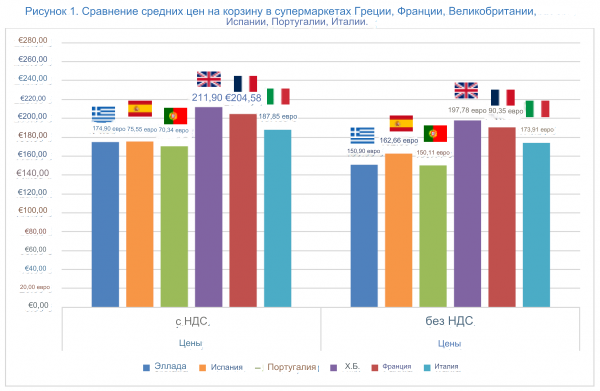
The general conclusion that emerges from the above analysis is that Organized Greek food retailing (supermarket) provides Greek consumers with access to products for their typical basket at lower prices on average, the result of organized efforts by suppliers and retailers to control prices.
This trend, with slight fluctuations, has continued over the past 10 years during which IELKA conducted this study. Long-term comparison of prices with foreign prices shows that In recent years, Greece has consistently had a cheaper basket than comparable countries, with fluctuations that do not change the overall conclusions.
There are differences, although limited, in the total value of baskets compared to the previous measurement in September 2023 (Table 2). The basket in Spain remained unchanged, decreased slightly in Greece and France, and decreased significantly in Italy. The largest increase recorded in the United Kingdom is mainly the result of changes in the exchange rate between the euro and pound sterling.
These numbers show that there is price holding trend in Greece companies in this sector, supermarkets and industrial enterprises.

It is noted that in addition to VAT, factors that should be taken into account when comparing prices between different countries are:
- Natural disasters due to climate change
- The distance of the country from the production centers of Central and Western Europe, and the corresponding costs
- Tax amount in each country.
- Energy cost.
- Cost of fuel and general transport.
- Complexity of each country’s geography (e.g. road network, islands, etc.)
- Market size, purchasing power and associated economies of scale in product procurement.
- Export-import balance on food products and raw materials for production.
- Various production costs (energy, raw materials, wages, financial costs, bureaucracy).
- Industrial and retail productivity in each country.
- Consumer habits in each country (eg, trend towards packaged or bulk products, private label products, etc.).
Price data are calculated from known price observatories in the countries studied and, for Greece, from primary data obtained from price collections from large supermarket chains. The criteria for selecting products in the basket were a combination of the corresponding average consumer baskets for evaluation abroad, as well as general availability of price data in the countries studied. With each new measurement, the selection of measured codes is updated.
Data is taken from the following supermarket chains, and average prices by subcategory and country are presented in Table 3:
- Greece: Σκλαβενίτης, ΑΒ, My Market, Μασούτης, Market In
- UK: Morrisons, ASDA, Sainsbury’s, Coop, Ocado, TESCO
- Spain: Carrefour, Marcadona, Caprabo, Condis, Dia, Eroski, SoySuper, Alcampo
- Italy: CosiComodo, emiDrive, Pim Spesa, Agora, Everli, HeyConad, easyCoop.
- Portugal: Continente, MiniPreco, Auchan, Spar.
- France: monoprix plus, carrefour, super U, Auchan, Aldi.
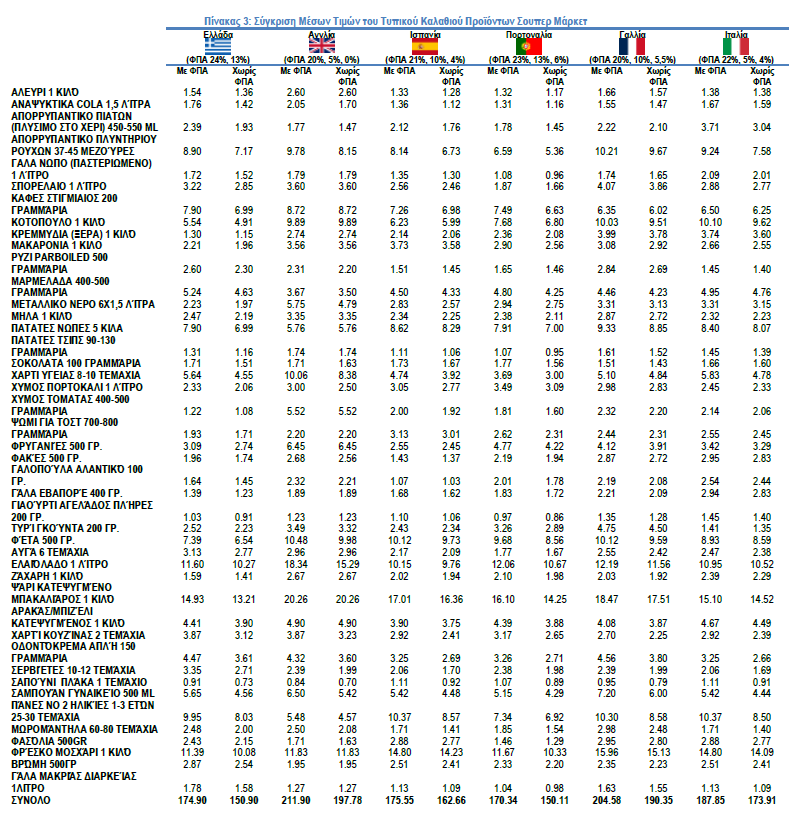
Table 3 with data for each product:
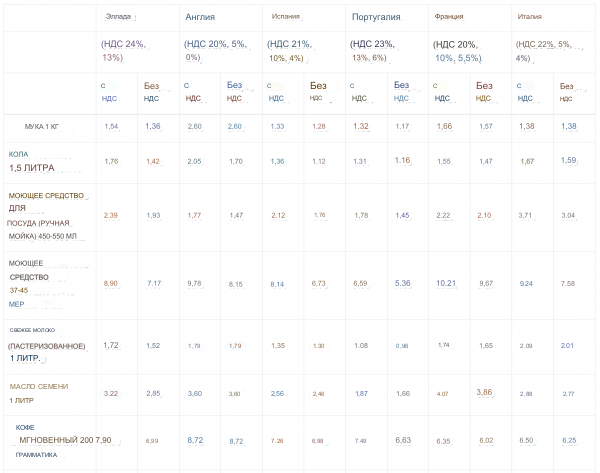
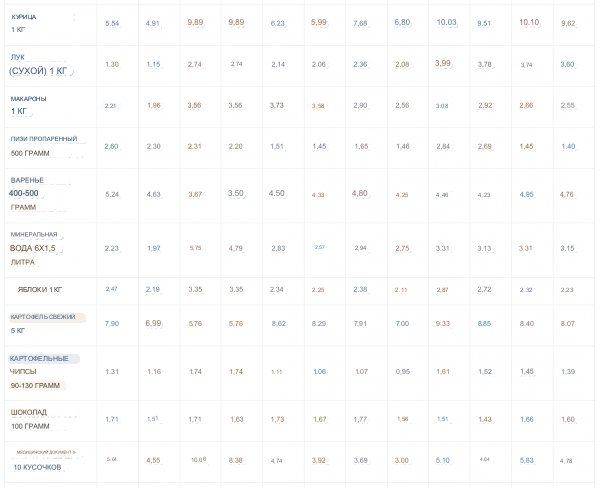
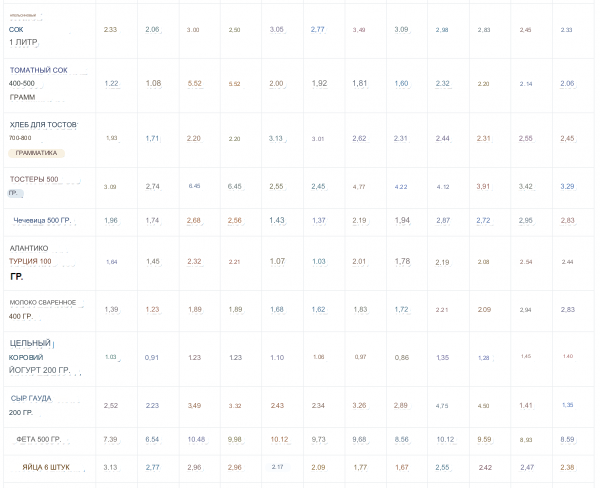
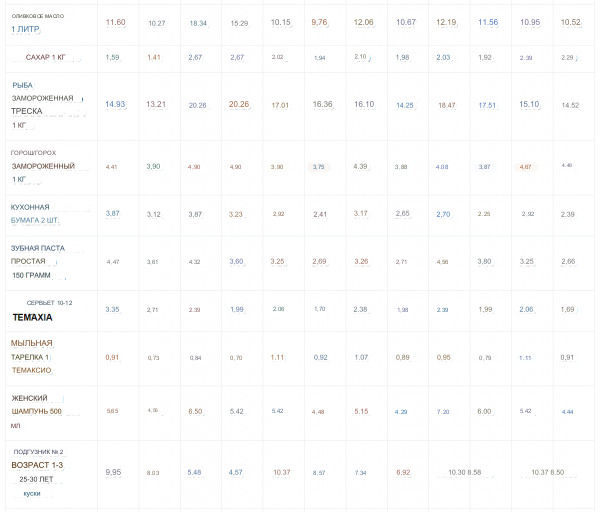
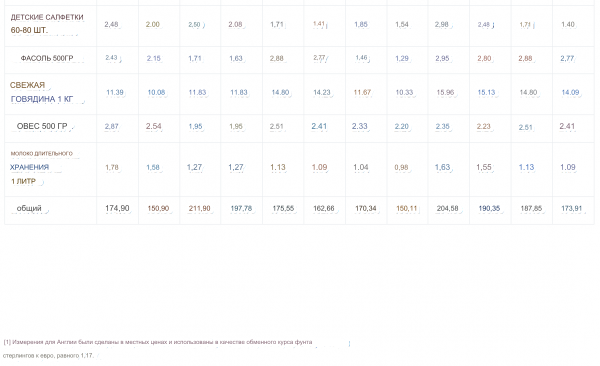



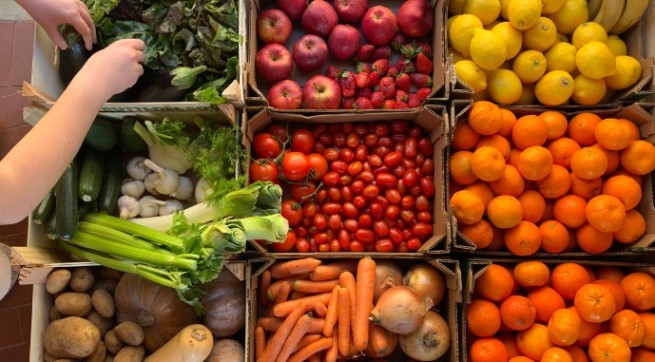



More Stories
Fruits and vegetables: imports up 50.2% in April
Greek products on their way to France
Reduced fees for POS transactions, limited bank fees